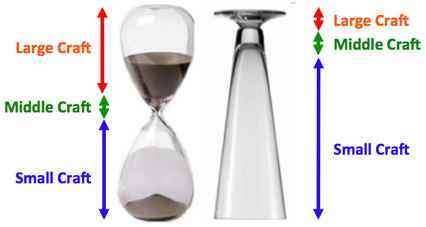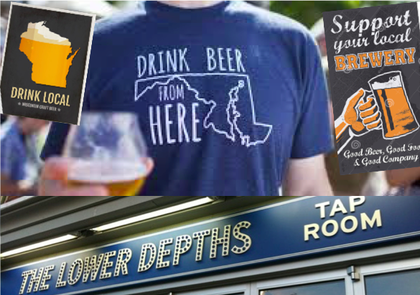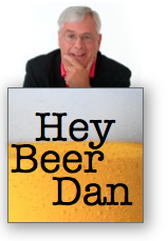If you're desperate for beer-marketing thoughts, by all means visit our archives. You should be able to find something there to quench your thirst.
I hope that, like yours truly, you get plenty of time away to enjoy friends and beer this summer.
Cheers!
-HBD






 RSS Feed
RSS Feed
